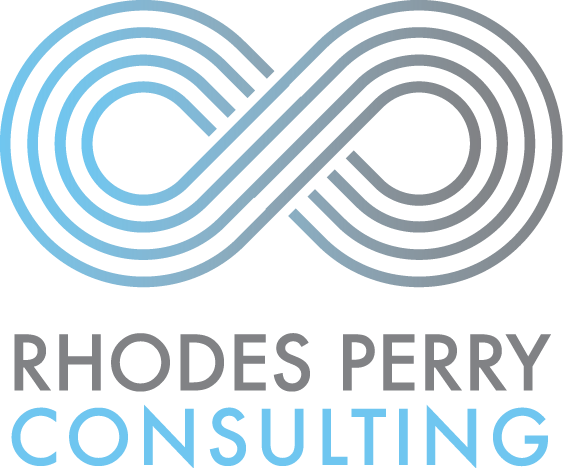7 Simple Solutions to Build a LGBTQ Inclusive Workplace
The march offering of the LGBTQ A-Z Mentorship Program is in full bloom! During our last coaching call, one of the participants requested simple strategies that can be implemented today to cultivate a LGBTQ inclusive workplace. I loved the question, and wanted to expand upon the response I offered on the call by sharing it here. So without further ado, included below are 7 basic actions everyone from senior leaders to front line staff can take to demonstrate a true commitment to respecting LGBTQ people at work.
1) Be Proactive & Self-Educate. Have you ever wondered what the difference is between sexual orientation and gender identity? Are you sometimes confused by the acronym LGBTQ, and wonder why it continues to grow in size and complexity? These and more questions are incredibly understandable if you are not a gender studies scholar. So where do you go to understand the basics? Before seeking out information from your LGBTQ friends, check-out my friend, Sam Killermann’s Comprehensive* List of LGBTQ+ Vocabulary Definitions. Another great resource is the Movement Advancement Project’s Ally’s Guide to Terminology.
2) Use Gender Neutral Language. If you are curious about a colleague’s family or significant other, be sure to use gender neutral language. What does it mean to use gender neutral language? Instead of asking if your colleague has a boyfriend or girlfriend/husband or wife, ask if they have a significant other or a spouse. It’s truly that easy. With enough practice – and I recommend incorporating this practice with trusted family and friends – you will gain confidence and impress your LGBTQ colleagues who don’t have to immediately come out and correct you. The use of gender neutral language signals to your LGBTQ colleagues that you are someone that doesn’t assume that everyone is straight and cisgender.
3) Reimagine Meeting Introductions. When you’re wondering how to welcome a gender non-binary employee, consider adopting this strategy. If you haven’t seen Asia Kate Dillion expertly break down what gender non-binary means, here’s a simple definition. Gender non-binary describes any gender identity which does not fit the male and female binary. Many workplace facilitators assume a gender non-binary person’s pronouns, and run the risk of misgendering this person in front of their colleagues. A simple way to overcome this challenge is to ask the entire group to share their name and their pronouns at the beginning of the meeting. What may seem mildly uncomfortable for some in the group will alleviate the incredible emotional pain and distress gender non-binary people feel at the start of every new meeting or introduction when this strategy is not adopted.
4) Design the 21st Century Email Signature. Have you ever received an email where someone has included their pronouns underneath their name and work title? Chances are if you haven’t, you’ll start noticing this trend more-and-more. Why? Listing your pronouns sets your recipient up for success by giving them everything necessary to avoid the embarrassment of misgendering you. For those of you who are not transgender or gender non-binary, it’s an even more amazing signal to demonstrate your awareness to those of us who are. If your workplace has a specific required email signature, check-in with your HR team, and make the case as to why this simple change can make a world of difference to the transgender and gender non-binary people in your network. Here’s an example on how to craft your own signature:
5) Start or Join a LGBTQ ERG. Nearly 90 percent of Fortune 500 companies have employee resource groups (ERG). These groups exist as a support system and social outlet for underrepresented groups within an organization to address equitable pay, equal opportunities, and policy changes among other activities. If your organization has a LGBTQ & ally resource group, consider joining to learn more about ways you can support LGBTQ people at work. If your workplace does not have a LGBTQ & ally resource group, consider starting a network of employees interested in meeting to explore ways you can build support to create the change needed to welcome LGBTQ people. A simple lunch meeting once a month is a good place to start.
6) Update Existing Communications Resources. Work with your communications team to redesign existing communications resources. These resources may include your newsletter, website, blog, or podcasts. Leverage these resources to deliver information that will help educate your stakeholders about the importance of including LGBTQ people in the workplace. If your workplace has an Intranet, consider requesting employee feedback on ways that you can create a more inclusive organization for LGBTQ people. If you have the bandwidth, consider offering a quarterly update for exchanging information like what’s offered in this post to help educate others on your team. Taking this cost-effective approach will keep your colleagues informed and inspired.
7) Learn from LGBTQ Experts. Consider organizing a panel discussion during Pride Month (June), or LGBTQ History Month (October). The discussion may include local LGBTQ employment experts, or LGBTQ speakers from other areas of the globe depending on your budget. Including leaders that can speak to the urgency of creating policies and practices that welcome and include LGBTQ people can help compel members on your leadership team, and spark important dialogue at work to continue examining how to create a more inclusive workplace.
Attention Executive, HR, and diversity professionals - are you interested in deepening your diversity and inclusion practice when it comes to welcoming LGBTQ people into your organization? If you are ready to take action, enroll in the next LGBTQ A-Z Mentorship Program that kicks off LGBTQ Pride Month on Monday, June 6!


